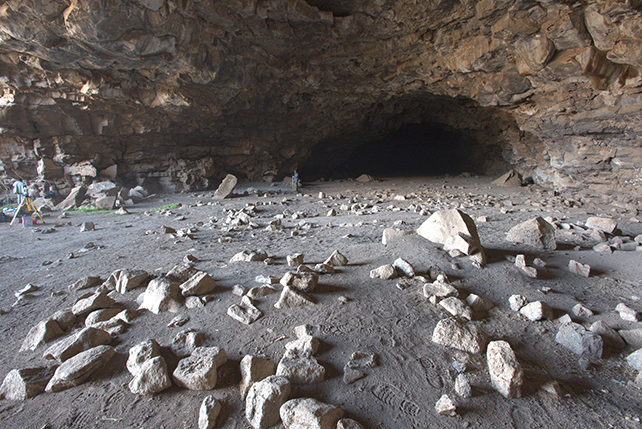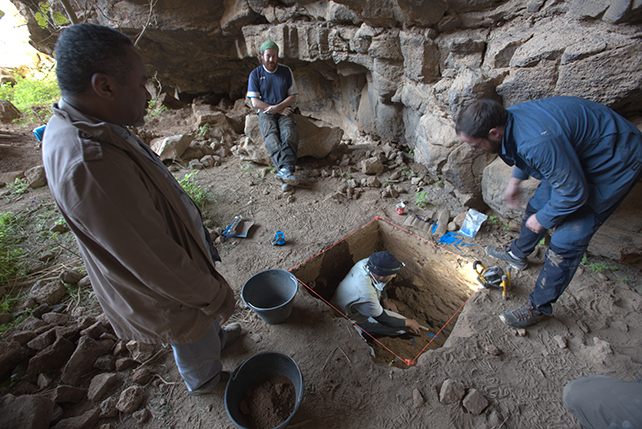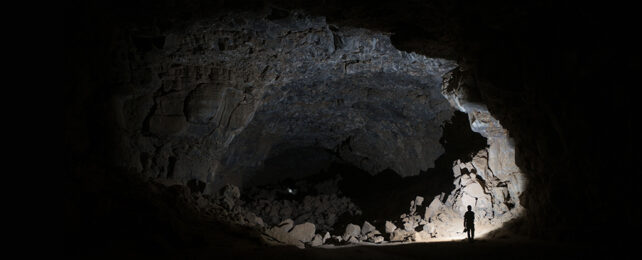Archaeologists have uncovered a treasure trove of evidence that humans once occupied a cave in Saudi Arabia formed by flowing lava, shedding light on the fascinating history of human life in the region.
The discoveries recorded by the international team of researchers include rock art and animal bones, revealing both how people used the cave network and what their diets were made up of while they were there.
The age of these findings indicates the cave, called Umm Jirsan, was regularly used as a dwelling from roughly 10,000 years ago, during the Neolithic, for at least 7,000 years, possibly up to the Bronze Age.

"While underground localities are globally significant in archaeology and Quaternary science, our research represents the first comprehensive study of its kind in Saudi Arabia," says archaeologist Michael Petraglia, from Griffith University in Australia.
Experts have reported from Umm Jirsan before, finding a scattering of human bones among hundreds of thousands of animal remains thought to have been left by scavenging hyenas. Here the researchers focused on human activity in the cave, which stretches 1.5 kilometers (almost a mile) in length.
In this latest work, fragments of cloth, worked wooden pieces, partial stone structures, and flakes of rock that may have been used as tools were found in the lava tube, along with more animal bones. Some were found in spoil heaps; others were excavated from a pit.
Although the researchers hesitate to call the rock flakes 'tools', their repeated shapes suggest that they were produced deliberately and may have been used as scrapers.

An analysis of human remains found in the team's previous investigation of the lava tube suggests they maintained a diet rich in protein over the millennia, with a steady increase in the consumption of certain types of plant associated with oasis settlements.
These discoveries add to earlier research suggesting that these caves provided animal herders respite from the desert conditions as they moved between oases, where they may have associated and traded goods.
"Our findings at Umm Jirsan provide a rare glimpse into the lives of ancient peoples in Arabia, revealing repeated phases of human occupation and shedding light on the pastoralist activities that once thrived in this landscape," says archaeologist Mathew Stewart, from Griffith University.
Newfound artworks carved into the rock close to Umm Jirsan, depicting animals including cattle, goats, and sheep in apparent pastoral scenes alongside human figures again backs up the idea that these cave networks were used by livestock herders.
Caves like Umm Jirsan can be goldmines of material for archaeologists, as whatever is left in them is protected from winds, the hot Sun, and other forms of weathering – which in this part of the world, can be pretty extreme.
"These findings underscore the immense potential for interdisciplinary investigations in caves and lava tubes, offering a unique window into Arabia's ancient past," says Petraglia.
The research has been published in PLOS ONE.
